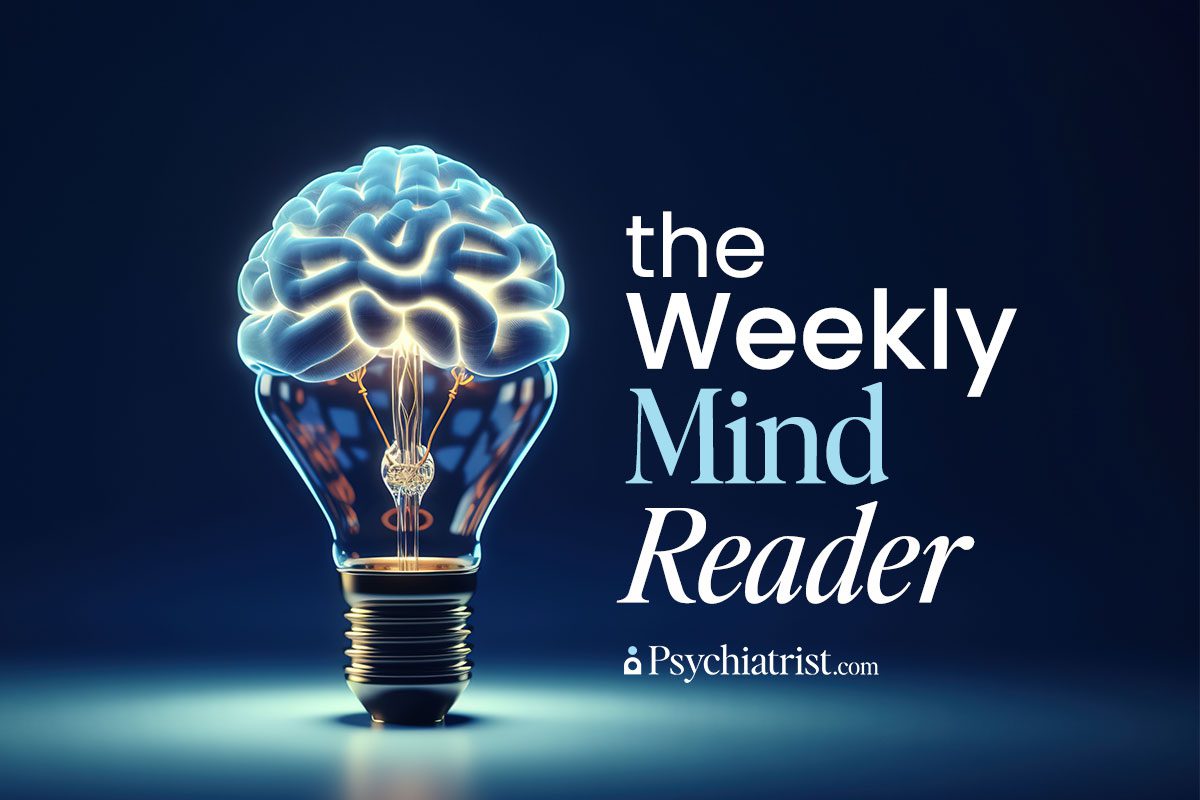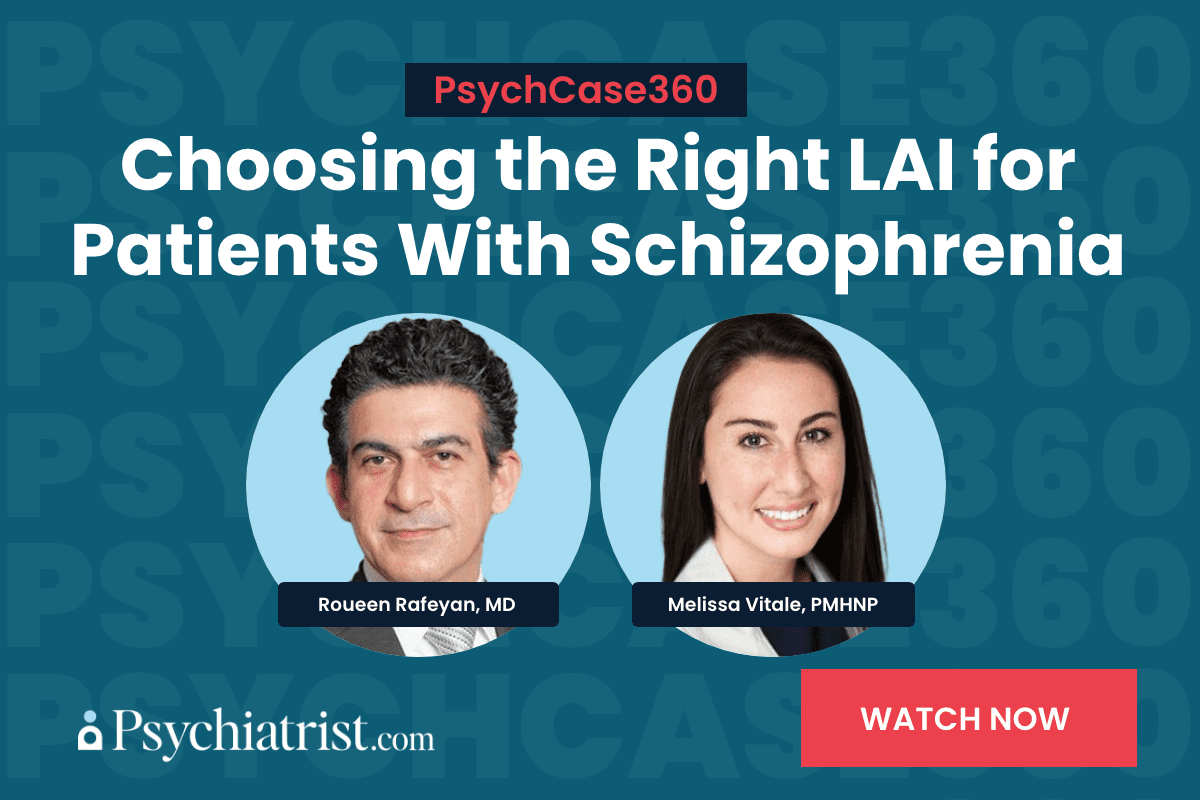A new meta-analysis reveals that combination therapies might be the best approach to treating posttraumatic stress disorder (PTSD) in military populations. It’s a development that challenges existing clinical guidelines that have established trauma-focused psychotherapies as the go-to intervention strategy.
“Rigid prioritization of one treatment modality over others, particularly in the absence of strong supporting evidence, risks limiting the scope of care and may reduce the likelihood of optimal outcomes,” the authors wrote. “Clinicians should adopt a flexible, evidence-based, and patient-centered approach to treatment planning, integrating both psychotherapy and pharmacotherapy where appropriate.”
Scope and Findings
The meta-analysis – appearing this week in The Journal of Clinical Psychiatry – sifted through data from more than 400 studies, evaluating the efficacy of multiple PTSD treatments in military populations. The researchers analyzed the outcomes of psychotherapies, pharmacotherapies, and combination treatments. It incorporated data from both clinician-administered assessments and self-reported measures to evaluate treatment effectiveness.
The research team found that PTSD treatments across the board typically produced notable positive results. Clinician-administered assessments indicated larger treatment effects than self-reported measures. This suggests that trained clinicians might identify subtle symptom improvements more effectively.
Most importantly, combination therapies produced the greatest impact – substantially higher than standalone psychotherapies or pharmacotherapies. These results indicate that integrating both treatment modalities might be the most comprehensive approach to addressing PTSD symptoms.
PTSD Treatment Implications
Existing treatment guidelines, such as those from the U.S. Department of Veterans Affairs (VA) and Department of Defense (DoD), emphasize trauma-focused psychotherapies as the first-line intervention. The findings of this review suggest that the evidence might not fully support that approach when it’s applied to military populations. Combination therapies, which integrate psychotherapy with pharmacotherapy, might offer greater benefits by targeting the psychological and biological aspects of PTSD.
Healthcare providers typically rely on pharmacotherapies, including selective serotonin reuptake inhibitors (SSRIs) and serotonin-norepinephrine reuptake inhibitors (SNRIs), to manage mood disturbances, anxiety, and hyperarousal symptoms. Medications usually provide quick symptom relief, setting the stage for more effective psychotherapeutic engagement.
“Prescribing medication can provide a bridge between acute state to long term treatment and less available treatments of psychotherapy,” Inventor and GrayMatters Health Chief Medical Scientist Talma Hendler, MD, PhD, said. “It is possible that targeting a biological mechanism by pharma or neurofeedback could shorten time spent in psychotherapy and make it more cost effective.”
When paired with trauma-focused therapies such as cognitive processing therapy, prolonged exposure therapy, or eye movement desensitization and reprocessing (EMDR), these combined treatments can better address the full spectrum of PTSD symptoms.
Cultural and Practical Considerations
The study also acknowledges the distinct cultural factors that can play a part in treatment outcomes. Military personnel receive training that emphasizes values such as resilience, duty, and honor. This can encourage treatment adherence but also prevent them from getting mental health support. And, of course, patients struggle with worries about how treatment might hurt their career.
In light of these complexities, the study’s authors recommend that clinicians adopt a more flexible treatment planning approach. By tailoring interventions to meet each patient’s unique needs — by incorporating patient preferences, symptom severity, and logistical factors — clinicians can better support long-term recovery.
That being said, treatment personalization is sometimes easier said than done.
“To date we don’t have enough guidelines or testing to fit the right treatment to the right person,” Hendler added. “Research on identifying PTSD subtypes characterized by both psychological and biological mechanisms is urgently needed.”
Future Directions in PTSD Treatment
While this meta-analysis reinforces the value of combination therapies, the authors stress the importance of continued investigation into PTSD treatments for military populations. Future studies – they advise – should explore specific treatment combinations, consider longer-term outcomes, and examine how cultural and environmental factors can influence recovery.
The review results reinforce the argument that trauma-focused psychotherapies should include pharmacotherapies and combination treatments. The research team encourages a more flexible, evidence-based approach that considers the diverse experiences of military personnel and veterans. By expanding treatment options and personalizing care, healthcare providers can improve outcomes.



